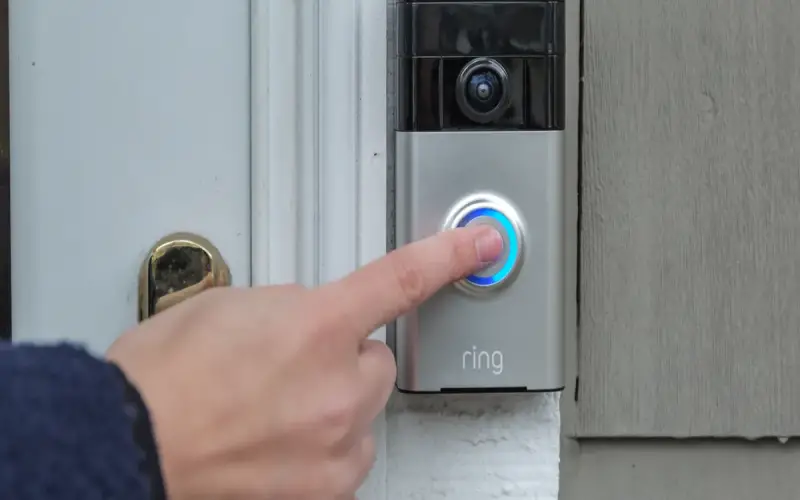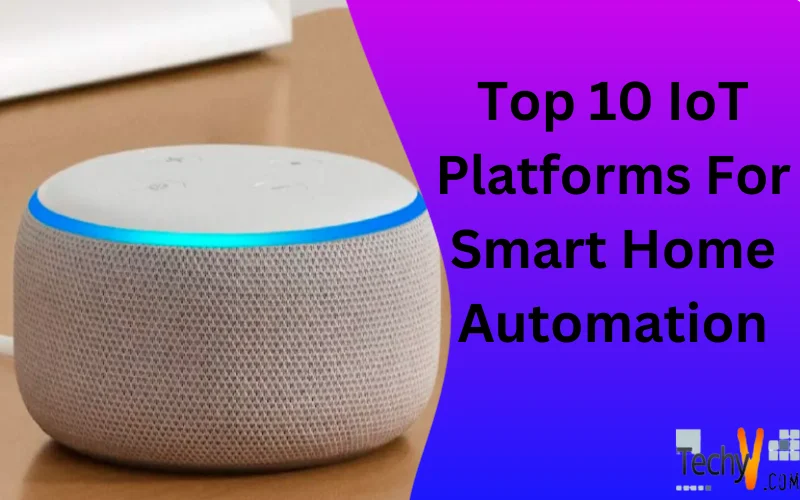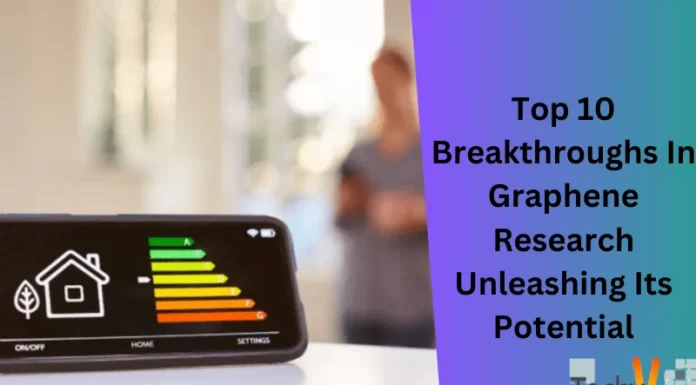The Internet of Things – IoT for short – opportunities expand exponentially I think. Connecting mundane household objects to the internet creates an ecosystem of convenience according to my belief. Smart home devices and platforms hold the capability to intuitively automate daily routines from my perspective. The selections run from open-source platforms to proprietary gadgets and everything in between. Solutions fit diverging needs like efficiency, security, convenience, and budget. This connectivity engenders efficient energy usage plus security too. Numerous solutions exist for constructing a responsive, intelligent abode. I have ranked the top 10 IoT frameworks for residential automation below drawing from personal experience and reviews that I found on the internet.
1. OpenHAB
Open source, Java-based OpenHAB tops the list providing an open framework for home automation I find. The software integrates Z-Wave, ZigBee, Bluetooth, and WiFi devices into unified dashboards. An active community contributes add-on-enhancing capabilities. OpenHAB clouds synchronize configurations across locations. DIY smart home builders particularly like the limitless integrations and independence from proprietary ecosystems some say. Yet, OpenHAB requires more technical aptitude over alternative options from feedback.
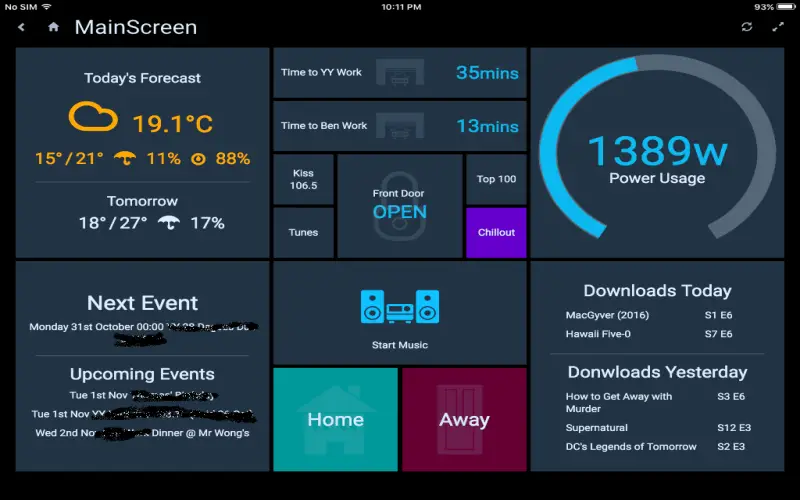
2. Home Assistant
Also open source, Home Assistant delivers robust connected home functionalities according to users. The Python-based platform supports over 1500 devices and services at this time. Configurations are customizable in YAML files. Home Assistant includes gizmos control, notifications, tracking, and automation. Their application and add-ons further enhance the utility I have heard. Raspberry Pi forms an inexpensive base for installations even though more advanced setups exist too. Individuals seeking free smart household solutions should shortlist Home Assistant I think.
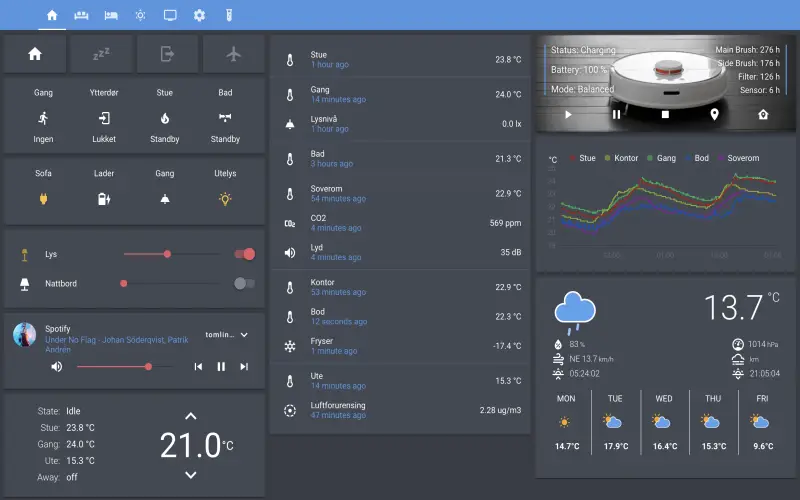
3. Domoticz
Domoticz presents another open source, self-hosted automation system for inhabitation management certain users report. A Linux platform with JSON RPC APIs, Domoticz integrates with an extensive inventory of protocols and hardware I have found. Users can monitor power usage, control lighting, HVAC, security systems, and more. Geofencing abilities plus a built-in dashboard create comfortable environments with minimal effort some say. On the downside, the platform’s stability receives complaints I have heard. Less seasoned Linux admins might struggle with Domoticz as well.
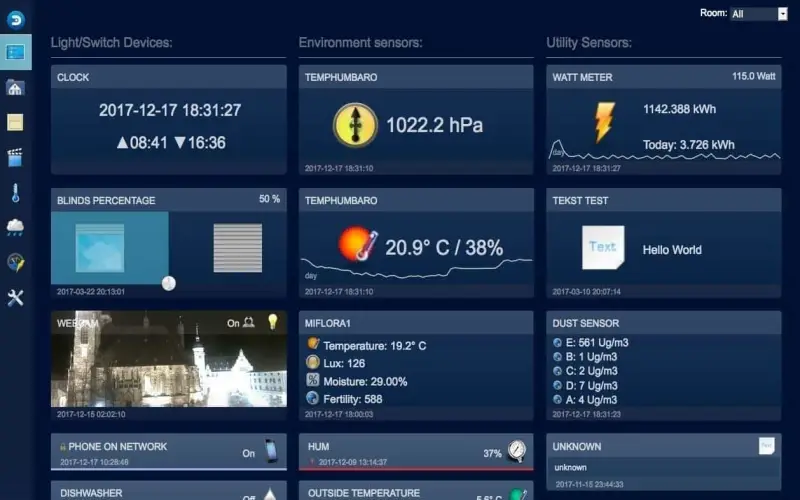
4. OpenMotics
Belgium’s OpenMotics focuses squarely on building automation for increased efficiency and sustainability according to their website. Their open-source module boxes simplify HVAC, lighting, blind plus electrical supervision through one integrated platform I have read. Everything interconnects over a two-wire bus without WiFi. Modules snap onto standard DIN rails for straightforward installation. OpenMotics hardware plays well with Home Assistant and Domoticz too. However, the solution remains 911 somewhat Euro-centric at this stage I think. International shipping, voltages, and components restrict applicability.

5. Nest Learning Thermostat
We transition to proprietary equipment with alphabet stablemate Nest Learning Thermostat. Nest’s motto “saving energy is a beautiful thing” aptly summarizes their pioneering WiFi-enabled thermostat I find. The device intelligently programs itself based on occupants’ heating and cooling adjustments over time. Users can tweak temperatures remotely via phone too. Sleek hardware with a simple dial appeals aesthetically against dull beige boxes of old. Nonetheless, the thermostat’s steep price of approximately $250 gives buyers pause according to feedback.
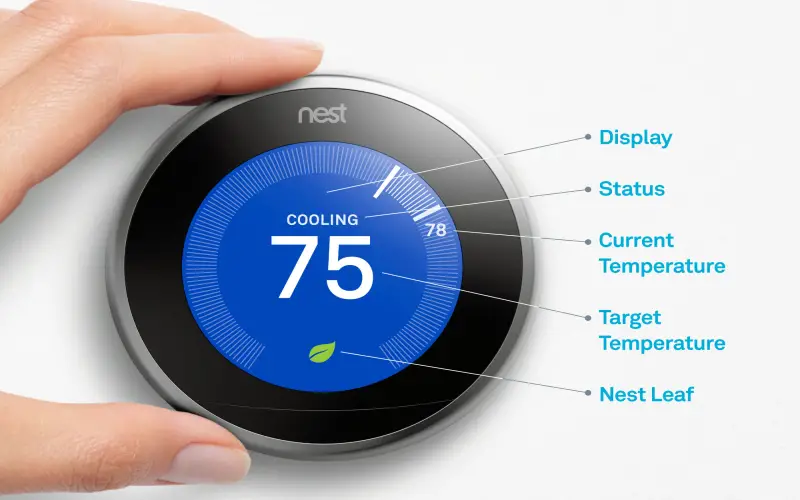
6. Google Nest Audio
Scaling up environmental optimization, Google Nest Audio imports smart features into speakers I have found. The Alexa rival responds to voice commands addressing news, weather, timers, playlists, and home device controls. Touch gestures and smartphone synchronization provide additional functionalities. Nest Audio hardware produces impressive audio quality for the size based on reviews. Privacy remains a concern with the always-listening microphone according to cynics, however. But convenience sways smart speaker shoppers I think.
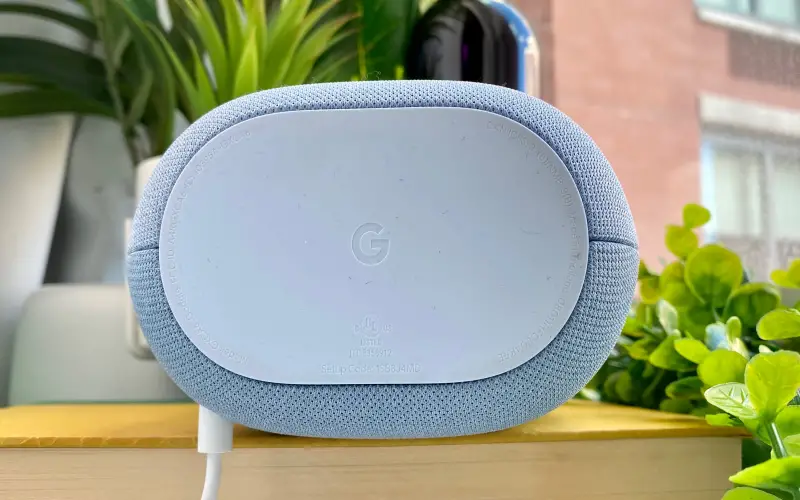
7. Philips Hue Bulbs And Lighting System
Dutch tech giant Philips sells perhaps the most popular smart bulbs and lamps available today. Their Hue LED bulbs and fixtures allow wireless remote switching and dimming I have seen. Users can customize illumination schemes like accent lighting or wake-up routines. Hues stretch beyond white ambiance into full-color palettes too. Syncing bulbs with entertainment systems even creates immersive lighting atmospherics. Yet, Hue necessitates the Hue Bridge controller for connectivity which gets pricey some say. Additionally, Hue bulbs are proprietary excluding linkage with other brands.
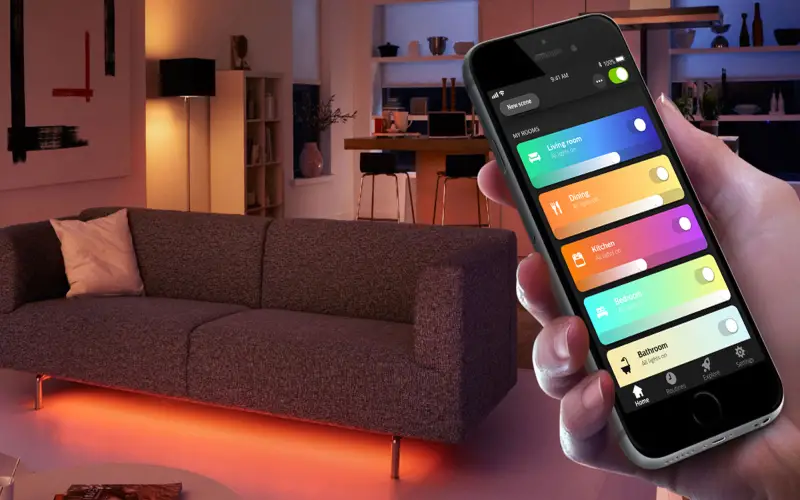
8. August Smart Lock
Moving to access control, August Smart Lock modernizes front door security I find. The gadget retrofits existing deadbolts to enable phone-based locking and unlocking even without keys. August also creates virtual keys for visitors and detects door openings. Integration with other smart products permits automated actions like closing unlocked portals. However, all August locks must pass within proximity of the Connect module for connectivity. If the Connect drops signal, you may find yourself locked outside cynics warn.
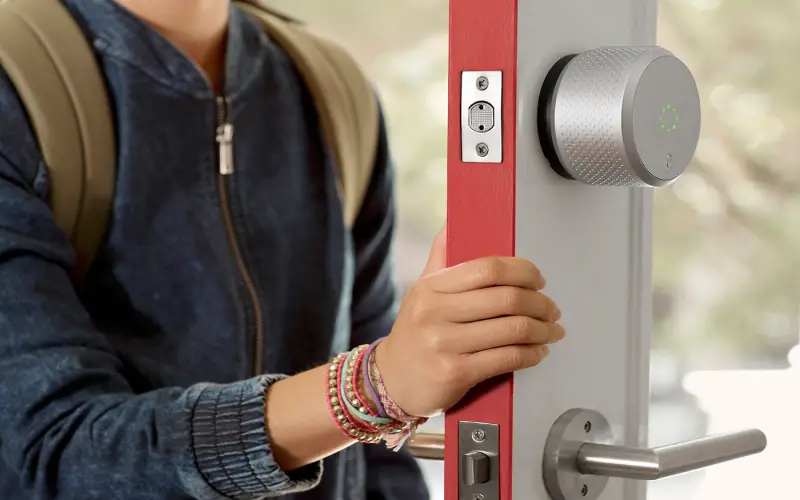
9. Amazon Echo Dot
Amazon’s contribution to the category comes through Echo Dot. These compact, affordable personal assistants incorporate built-in Alexa for voice-based environmental and entertainment oversight much like Google Nest. Echo Dots handles everything from research questions to appliance commands hands-free. Optional plugins expand capabilities too. Performance does not equal larger Echo’s however according to reviewers. Tiny speakers strain at high volumes. Dots lack the visual display of advanced models. But the minimalist form factor keeps costs low I have found.
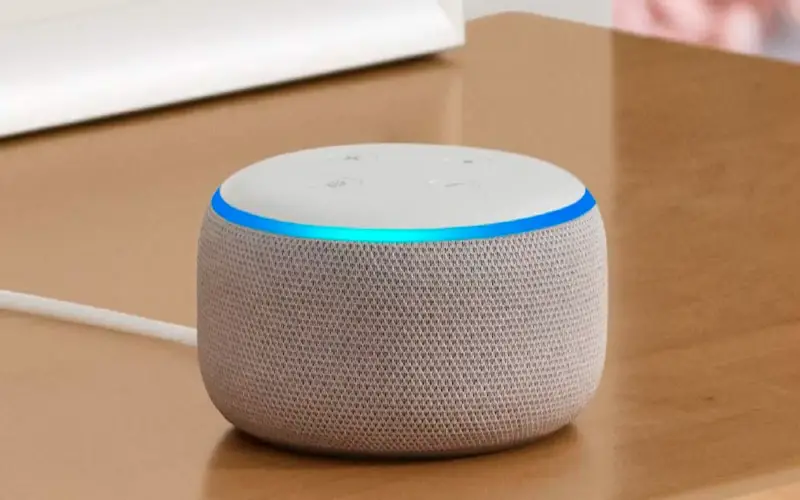
10. Ring Video Doorbell
Finally, home security cameras represent another expanding smart dwelling segment these days. Ring’s WiFi-linked Video Doorbell allows homeowners to screen visitors remotely using phones. Motion detection triggers video capture for review later. Power options include battery or wiring into existing doorbells. Ring sells a range of complementary security cameras as well as bundling monitoring services. Privacy activists condemn the brand’s close police partnerships, however. And cold weather can tax batteries according to northern owners. But Ring remains the video doorbell benchmark I think currently.
